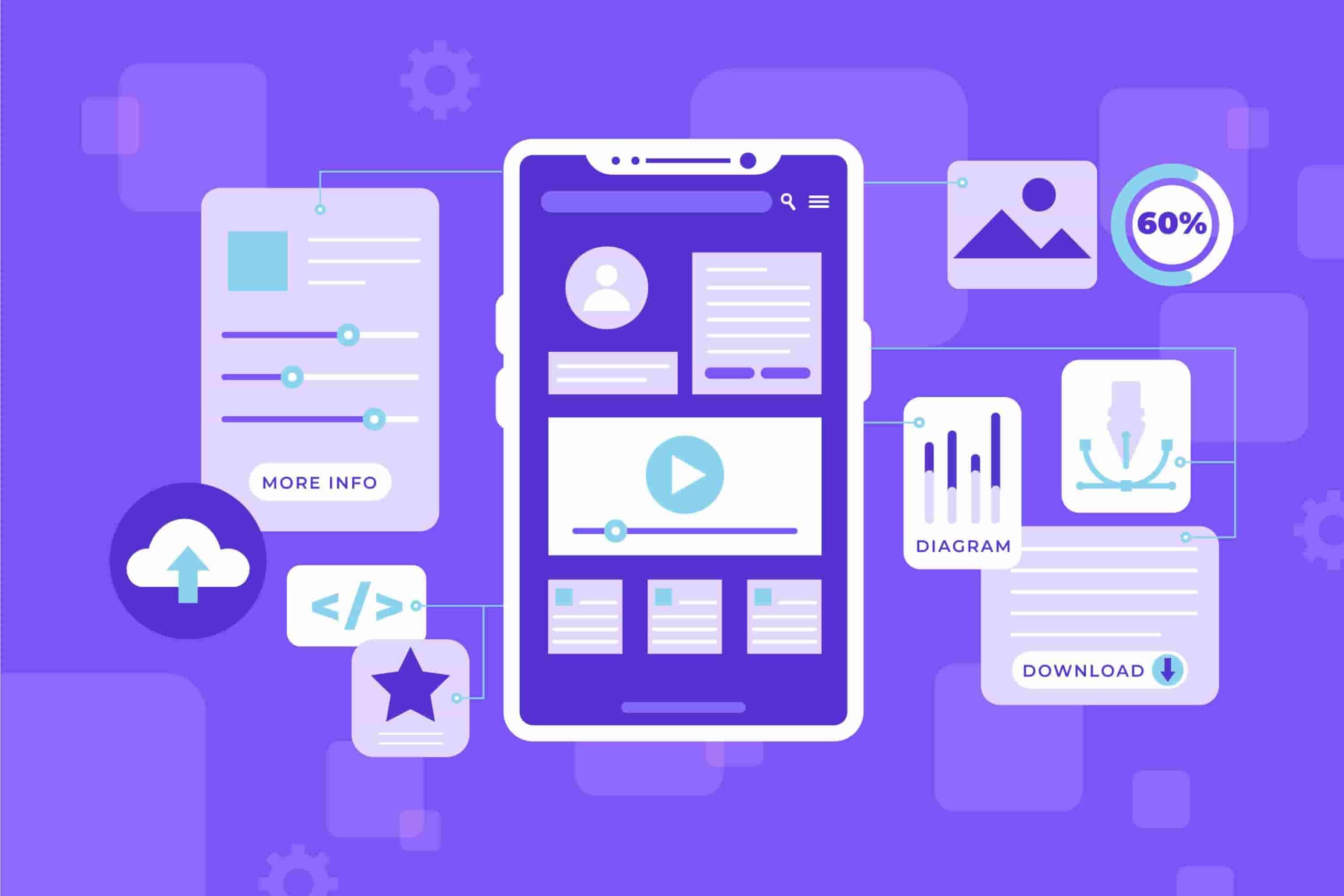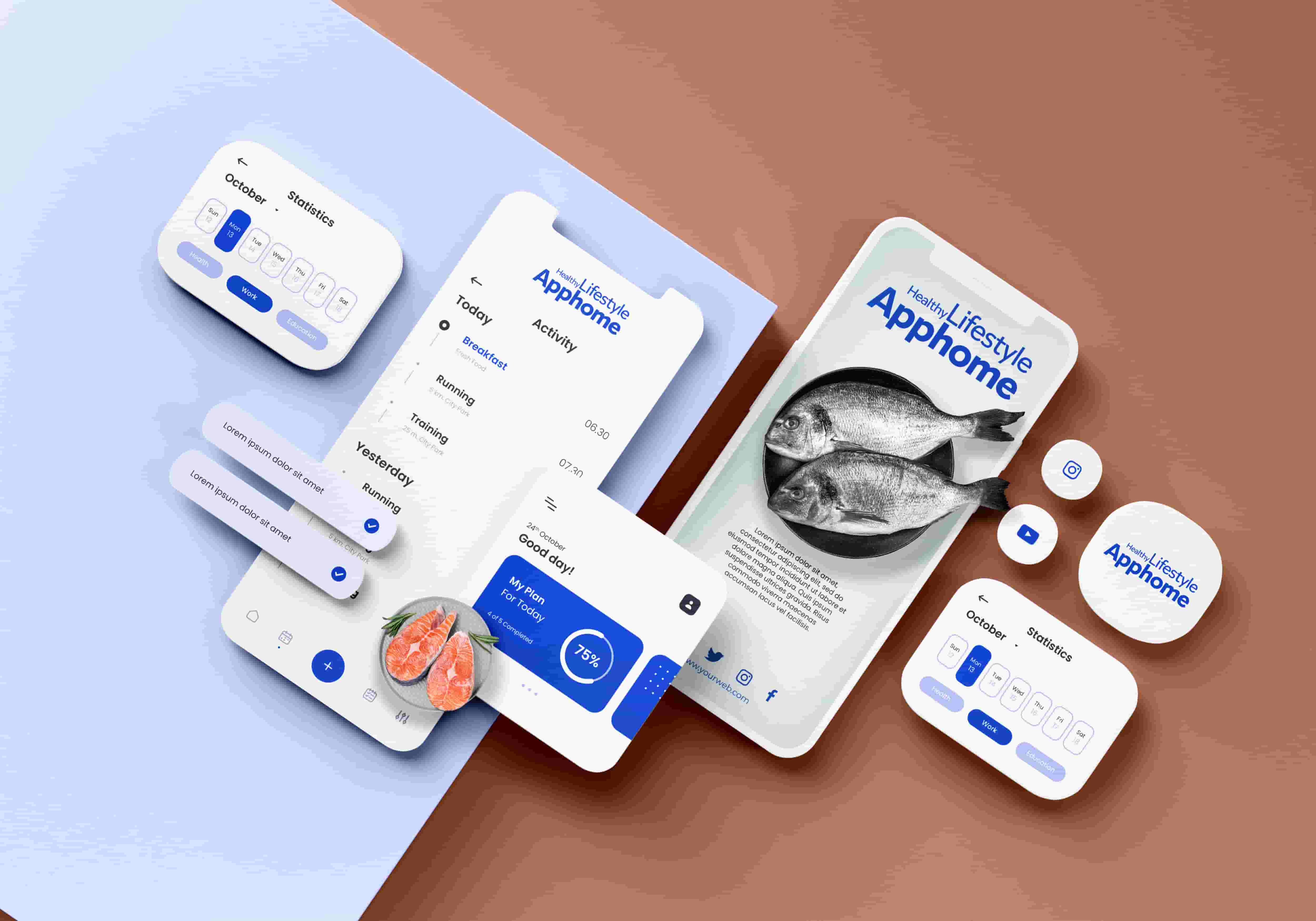In the fast-paced world of logistics, efficiency, accuracy, and scalability are paramount to success. With the increasing complexity of supply chains and the growing demands of customers, logistics businesses are turning to custom software solutions to streamline operations, optimize processes, and stay ahead of the competition. In this blog, we’ll explore the reasons why your logistics business requires custom software and provide insights into how tailored solutions can transform your operations.
Your Unique Needs:
Off-the-shelf software solutions may offer generic functionalities, but they often fall short when it comes to meeting the specific requirements and challenges of your logistics business. Custom software allows you to tailor every aspect of the system to align with your unique workflows, processes, and business objectives, ensuring optimal performance and efficiency.
Streamlined Operations and Workflow Automation:
Custom logistics software can automate repetitive tasks, streamline operations, and eliminate manual processes, reducing the risk of errors and improving productivity. From order management and inventory tracking to route optimization and shipment tracking, custom solutions can automate various aspects of your logistics operations, allowing your team to focus on high-value tasks and strategic decision-making.
Enhanced Visibility and Transparency:
Transparency and visibility are crucial in logistics, as stakeholders need real-time access to accurate information to make informed decisions. Custom software solutions can provide comprehensive visibility into every aspect of your supply chain, including inventory levels, order status, shipment tracking, and delivery routes, enabling better planning, forecasting, and decision-making.
Scalability and Flexibility:
As your logistics business grows and evolves, your software needs to adapt accordingly. Custom software solutions offer scalability and flexibility, allowing you to easily add new features, integrate with third-party systems, and accommodate changing business requirements without the constraints of off-the-shelf solutions. Whether you’re expanding into new markets, adding new services, or facing seasonal fluctuations in demand, custom software can scale with your business.
Integration with Third-Party Systems:
Logistics operations often involve interaction with a wide range of third-party systems and services, such as ERP systems, warehouse management systems (WMS), transportation management systems (TMS), and electronic data interchange (EDI) platforms. Custom software solutions can be seamlessly integrated with these systems, enabling data exchange, process automation, and collaboration across the supply chain ecosystem.
Improved Customer Experience:
In today’s competitive landscape, providing an exceptional customer experience is essential for retaining customers and fostering loyalty. Custom logistics software can enhance the customer experience by providing self-service portals, real-time shipment tracking, delivery notifications, and personalized communication, creating a seamless and frictionless experience for your customers from order placement to delivery.
Data-driven Insights and Analytics:
Data is a valuable asset in logistics, providing insights into operational performance, customer behavior, and market trends. Custom software solutions can capture and analyze vast amounts of data from various sources, allowing you to gain actionable insights, identify opportunities for optimization, and make data-driven decisions to drive efficiency and profitability in your logistics operations.
Compliance and Regulatory Requirements:
Logistics operations are subject to a myriad of regulations and compliance requirements, ranging from safety and security regulations to customs and import/export regulations. Custom software solutions can incorporate compliance checks, documentation management, and audit trails to ensure that your operations remain compliant with relevant regulations and standards, reducing the risk of penalties and fines.
Risk Mitigation and Error Prevention:
Custom logistics software can help mitigate risks and prevent errors by implementing robust validation checks, exception-handling mechanisms, and error-monitoring capabilities. By automating critical processes and enforcing standardized workflows, custom solutions reduce the likelihood of human errors, data inconsistencies, and compliance breaches, thereby minimizing operational risks and ensuring regulatory compliance.
Optimized Resource Allocation and Cost Savings:
Effective resource allocation is essential for maximizing efficiency and minimizing costs in logistics operations. Custom software solutions can optimize resource allocation by analyzing data, forecasting demand, and dynamically allocating resources such as vehicles, drivers, and warehouse space. By minimizing empty miles, reducing fuel consumption, and optimizing route planning, custom solutions help reduce operating costs and improve profitability.
Real-Time Collaboration and Communication:
Effective communication and collaboration are vital for ensuring smooth coordination among stakeholders in the logistics ecosystem, including suppliers, carriers, warehouses, and customers. Custom logistics software facilitates real-time communication and collaboration through features such as messaging platforms, task assignments, and shared document repositories, enabling seamless coordination and timely response to changing conditions or events.
Adoption of Emerging Technologies:
Custom logistics software allows businesses to leverage emerging technologies such as Internet of Things (IoT), blockchain, and artificial intelligence (AI) to gain a competitive edge and drive innovation. Integrating IoT devices for asset tracking, implementing blockchain for secure transactions, and deploying AI algorithms for predictive analytics are just a few examples of how custom solutions can harness the power of emerging technologies to transform logistics operations.
Customized Reporting and Performance Monitoring:
Custom logistics software enables businesses to generate customized reports and dashboards tailored to their specific needs and key performance indicators (KPIs). By tracking metrics such as on-time delivery rates, inventory turnover, and transportation costs, custom solutions provide valuable insights into operational performance and enable data-driven decision-making to drive continuous improvement and strategic planning.
Customer Retention and Loyalty:
Superior logistics capabilities can be a significant differentiator in today’s competitive market, helping businesses attract and retain customers by delivering exceptional service and experiences. Custom logistics software enables businesses to exceed customer expectations by offering personalized services, flexible delivery options, and proactive communication, fostering customer loyalty and advocacy.
Agility and Adaptability to Market Changes:
The logistics landscape is constantly evolving, with changing customer preferences, market dynamics, and regulatory requirements. Custom logistics software offers the agility and adaptability businesses need to respond quickly to market changes, scale operations, and pivot strategies as needed. By enabling rapid iteration and customization, custom solutions empower businesses to stay ahead of the curve and thrive in an ever-changing environment.
Conclusion:
In today’s dynamic and competitive logistics landscape, custom software solutions have become indispensable tools for optimizing operations, enhancing visibility, and delivering superior customer experiences. By investing in custom software tailored to your unique needs and requirements, your logistics business can unlock new levels of efficiency, agility, and profitability, positioning you for success in the digital age of logistics. From streamlined operations and enhanced visibility to improved customer experiences and data-driven insights, custom software solutions offer a multitude of benefits that can drive innovation and growth in your logistics business.



